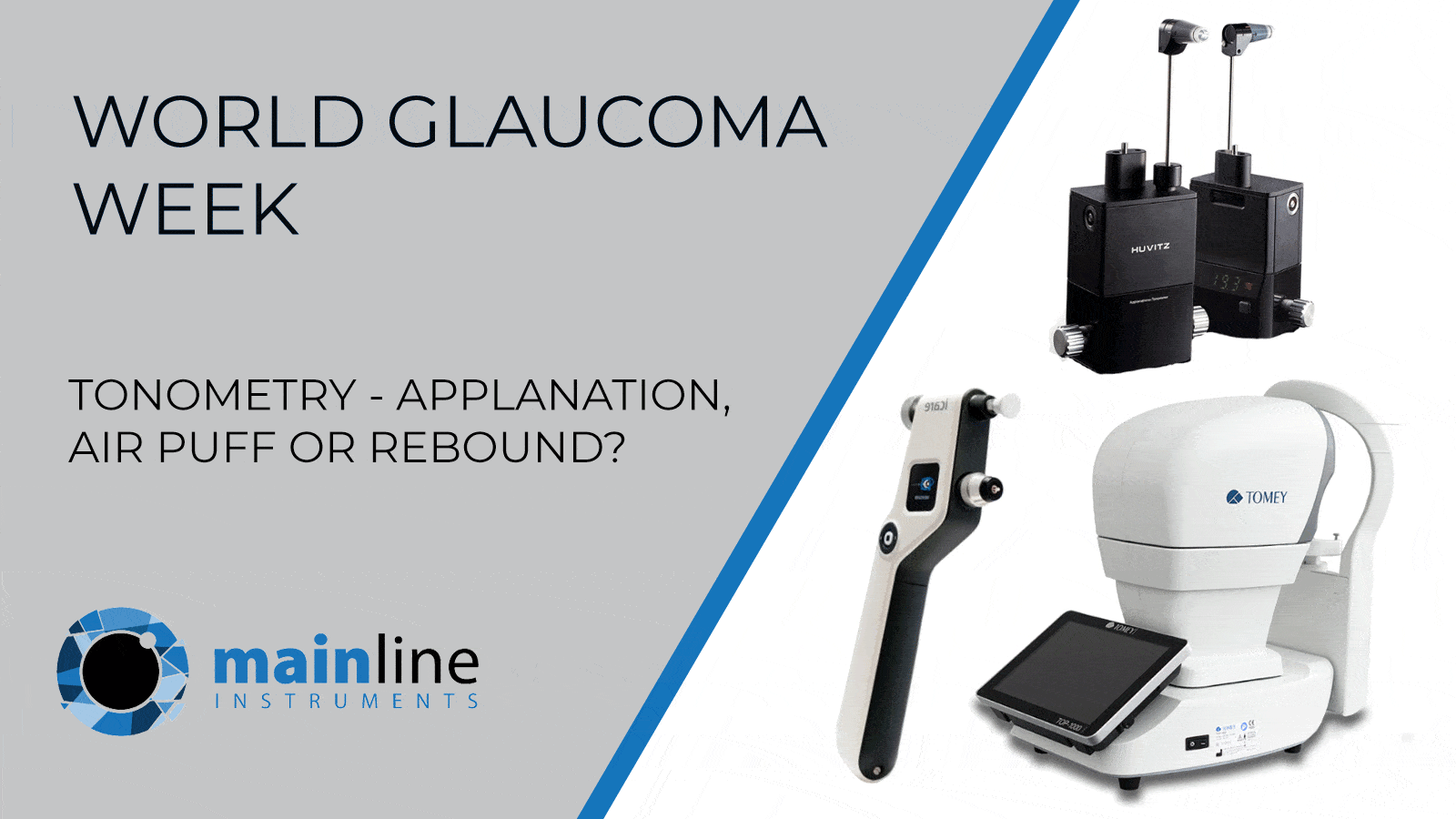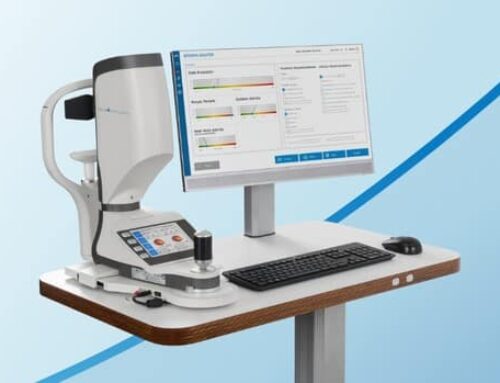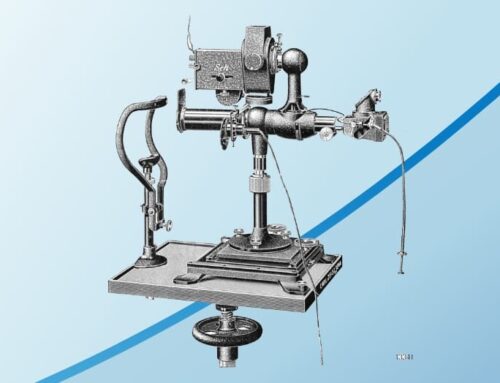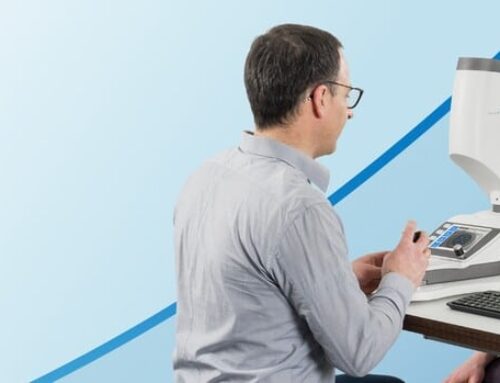What is Tonometry?
Tonometry is an eye test that detects changes in eye pressure[1]. It is used to detect eye conditions such as glaucoma, which is damage to the optic nerve that can cause blindness in severe cases. Having diabetes can double your odds of getting glaucoma, so regular testing is essential in some cases. There are 3 types of tonometry tests to use when measuring eye pressure, with varying degrees of invasiveness.
Applanation Tonometry
Applanation tonometry is the most invasive, as the eye needs to be numbed first with anaesthesia. Then the applanation tonometer is forced against the eye, and when the eye pushes back against the equipment, the pressure is measured. For most patients, the eyelids have to be held open by the optometrist’s fingers. This can make the reading harder to get and give an incorrect measurement due to the eyelid moving.
Air Puff Tonometry
Air puff tonometry does as the name suggests – a small puff of air is blown over the surface of the eye. At the same time, an infrared beam of light is shone on the cornea. The device then records the pressure of the air in millimetres (mm) of mercury (Hg). The test usually has to be repeated to account for variations in eye pressure. During the pandemic The College of Optometrists released a press release stating air puff tonometry could be spreading coronavirus. They have since rescinded the statement as they didn’t have conclusive evidence of this.
Rebound Tonometry
Rebound tonometry is performed without anaesthesia with a hand held device. It’s much less invasive and the quickest type of tonometry. A tiny magnetised probe is placed in the device and then gently bounces off the surface of the eye. The receiver doesn’t feel the probe and the whole process can take less than 5 seconds. It takes 6 readings in quick concession to measure the pressure in mmHg.
To view our full range of tonometers, visit our tonometry product page, or contact the team on 0121 458 6800.
References







